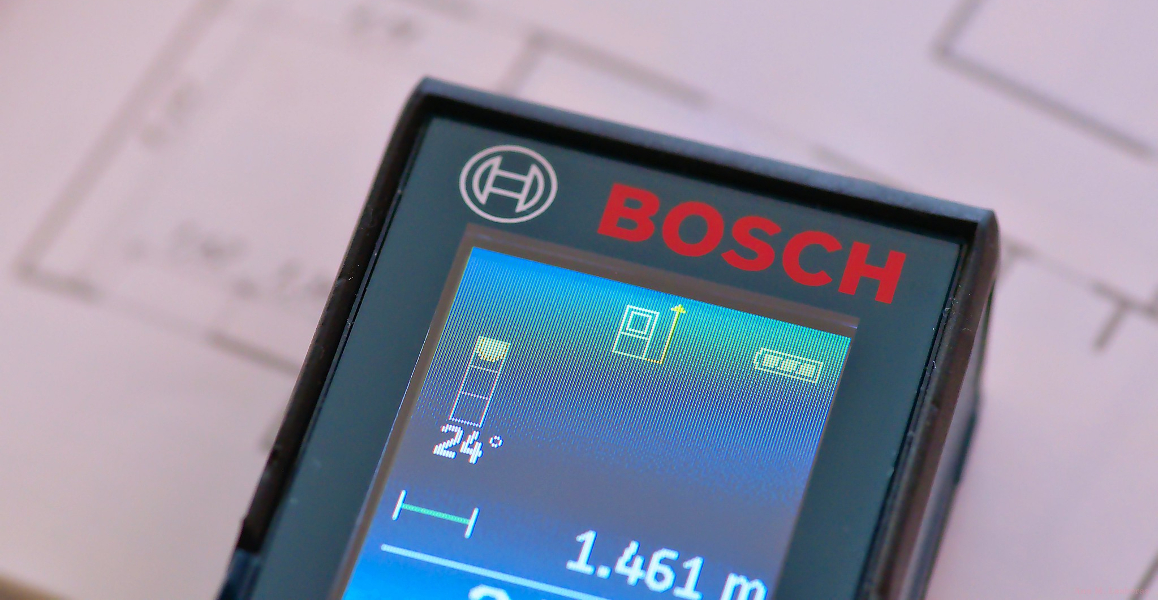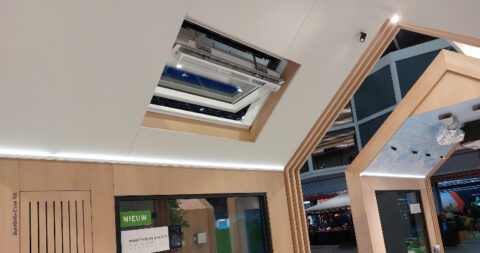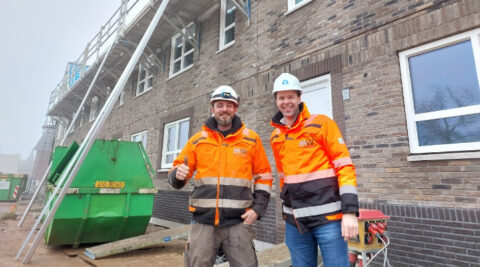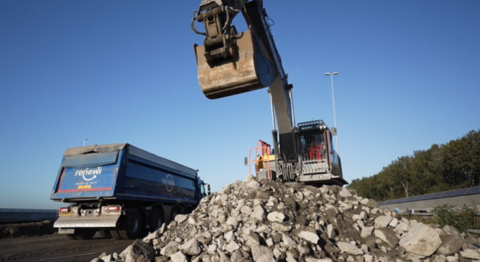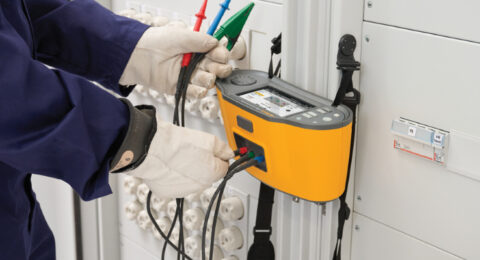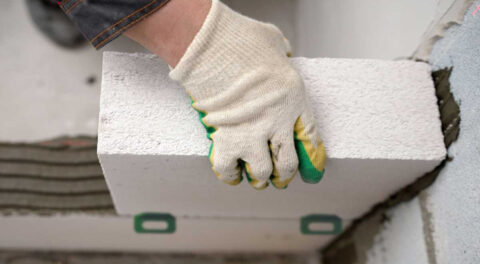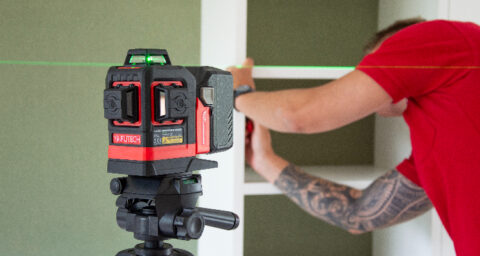Working with a plumb bob and a tape measure is old school. For everything measurable in construction, there are construction lasers; high-tech precision instruments that measure an exact distance, height/width/depth or slope at the touch of a button. Quickly, without physical effort, and instantly recorded digitally. So it's impossible to imagine the construction and finishing process without them, but what do you look for when buying such an instrument? Six points of interest.
All laser instruments work on the basis of a beam of light reflected from a given surface. The distance from the device to the surface (wall, ceiling or whatever) is then obvious, but the light beam can also serve as a reference, for example, to align something. Basically, there are construction lasers for indoors and for outdoors, but there are also lasers that can handle both.
Accuracy is at the top of the list of important points. Every construction laser has a certain accuracy rate that indicates the deviation at a given distance. An accuracy rate of 0.05 mm/m means a deviation of 0.05 millimeters per linear meter is possible. Depending on the type of measurements you take, this is important.
The range of the instrument is also a consideration when purchasing. For example, for a carpenter who only works in private homes on dormers and additions and custom cabinets, a range of ten to twelve meters is sufficient. Those working in the infra sector will need a laser with a much longer range.
You should also consider the amount of lines when choosing a construction laser. To measure height and/or width, it is enough to choose a laser that projects 1 or 2 lines. If you also need to measure depth regularly, choose a laser that projects 3 lines.
Then there is the color of the lines. With most construction lasers, there are two flavors: green or red. The human eye can perceive the color green better than red, and indoors you can see a green line much better than a red one anyway. But when measuring outdoors over longer distances, green is hard to see. Special laser glasses can be an aid to still be able to perceive the lines. Green laser beams are often chosen for outdoors, and red for indoors, but they don't have to be. It is partly a personal preference, but the purchase price is also a factor: lasers with a green line are pricier because that color requires the substance potassium titanyl phosphate.
Sturdy and impact-resistant is an important requirement for tools and machines used in construction, and that includes construction lasers. Things can get pretty rough during transport, a piece of equipment is sometimes exposed to bad weather. A device that falls over on a construction site should not be broken right away. So choose a device with an impact-resistant housing and pay attention to IP protection classes for water and dust.
Finally, pay attention to the power supply. This can be with a plug for mains power, but in certain places it is convenient to work with wireless equipment. A battery or battery-powered laser device is then a good choice. Of course, the battery should last long enough for a full working day, and preferably a little longer. After all, you don't want to be in the middle of a measurement session with a dead battery.
